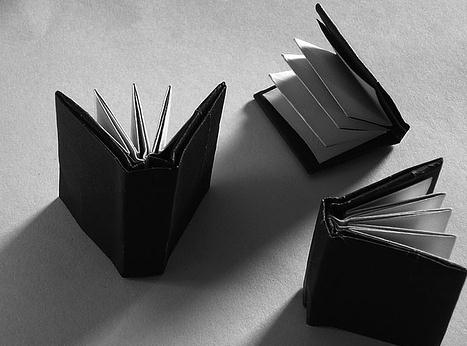摘要
过去数十年来我国稻曲病的发生一直呈不断加重趋势,并逐渐由一个水稻次要病害发展成为一个水稻主要病害。最近不断强化的针对稻曲病成灾机制和防控技术的研究有了新发现和新观点。稻曲病菌主要侵染水稻花期的花丝等细胞壁相对疏松的组织,细胞外扩展。我国长江中下游地区稻曲病的加重与稻曲病菌菌核生成密切相关,菌核在其生活史中发挥了重要作用,可能是其主要的初侵染源。目前水稻孕穗初期使用杀菌剂是最为有效的稻曲病防控措施。未来对其生活史深入持续的研究是稻曲病发生流行中长期预测预警的重要前提。
关键词
稻曲病; 菌核; 生活史; 防治
中图分类号:
S 435.111.4
文献标识码: A
DOI: 10.16688/j.zwbh.2017491
Advances in the occurrence of rice false smut and its control
HU Dongwei1, LIANG Wusheng1, LAI Chaohui2
(1. State Key Laboratory of Rice Biology, Biotechnology Institute of Zhejiang University, Hangzhou 310058, China;
2. Extension Center of Agricultural Technology of Xiangshan County, Zhejiang 315700, China)
Abstract
In the past decades, rice false smut has occurred increasingly and now become one of the major rice diseases in China from a minor disease in history. Recently extended studies on the disease have revealed some new findings on the fungal pathogenicity, its life cycle and control of the disease. The pathogen mainly infects rice stamen filaments and other flower tissues where cell walls are loose in texture, and extends intercellularly in host. The pathogen sclerotia play an important role in the disease occurrences in the mid and lower reaches of the Yangtze River and in its life cycle as the primary inoculum. Spraying fungicides at early rice booting stage now is the most effective measure for controlling the disease. Clarification of the pathogen life cycle in nature in the near future is necessary for establishing the prediction and early warning system in mediumand longterm disease control.
Key words
rice false smut; sclerotia; life cycle; control
稻曲病是由子囊菌侵染水稻穗部引起的真菌病害。稻曲病癥状只出现在水稻开花后的灌浆期,即在小花上形成数倍于籽粒大小的黄色、褐色、墨绿色或黑色的稻曲球;稻曲球表面为一层厚厚的厚垣孢子,个别稻曲球表面附着有一至数个形状不规则并向内弯曲的片状菌核[1]。历史上稻曲病一直是一个水稻次要病害,对其成灾发生规律以及流行学一直缺少持续性的研究。但自20世纪中叶以后,稻曲病在全世界主要稻区的发生不论在规模还是严重度方面均呈现出持续上升的趋势[2]。在我国历史上,稻曲病主要发生在东北和西南高海拔山区,这些地区主要以粳稻为主。在孙思邈的医书《千金方》中稻曲球被称作粳谷奴,用于治疗走马喉痹,也说明稻曲病主要发生于主要在北方种植的粳稻上。自20世纪80年代初期开始稻曲病在我国发生范围不断扩大,危害不断加重;重灾区从东北和西南稻区转移到了长江中下游地区,且每年都有因气候和防治方面的原因出现绝收的田块,特别是大穗型杂交稻大部分高感稻曲病。稻曲病目前已经逐渐上升为我国的主要水稻病害之一。因此,近年来稻曲病问题引起了我国政府部门和植保工作者的重视并开展了大量的研究,获得了许多新的认知和观点。本文重点对稻曲病发生范围持续扩大成灾的机制以及稻曲病防控的要素进行评述。
1 稻曲病菌的生物学特性与侵染特征
稻曲病菌病原学的研究最早可追溯到19世纪末期[3],随后发现了其有性阶段,并最终确定该病原菌有性态为子囊菌的Villosiclava virens,无性态为Ustilaginoidea virens[1]。
稻曲病菌在人工培养基上生长缓慢,长满一个直径9 cm的培养皿一般需要30~40 d,有时甚至中途停止生长,无法长满整个培养皿;此时菌落变黄并常常在菌落边缘附近产生厚垣孢子堆[45]。基因组学研究发现,作为重要的致病因子,稻曲病菌的植物细胞壁降解酶基因的数量不但远低于腐生营养型植物病原真菌,甚至也远低于其他常见的活体营养型植物病原真菌,且没有发现果胶酶基因的存在[6]。说明稻曲病菌在致病性即依靠细胞壁降解酶侵入植物组织和细胞内部的能力方面存在着先天不足。







